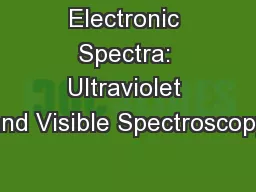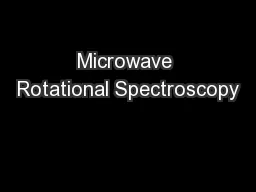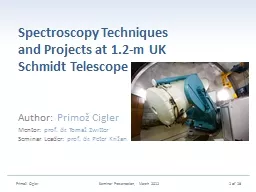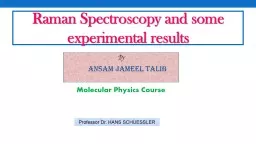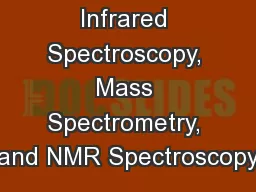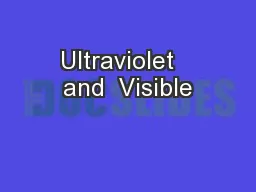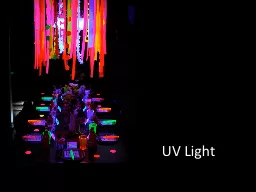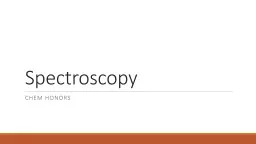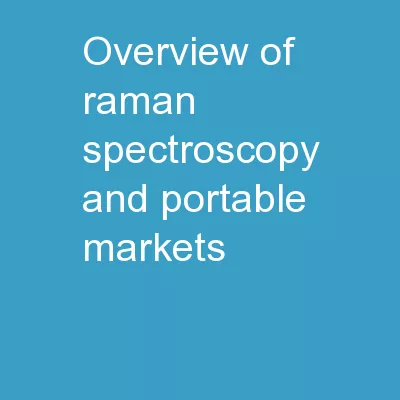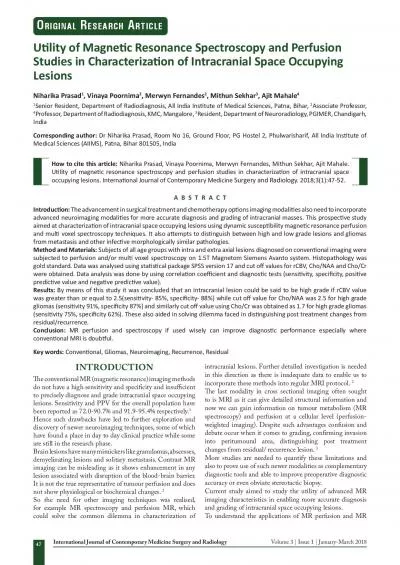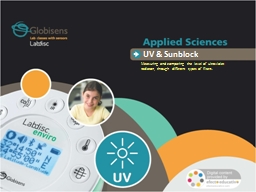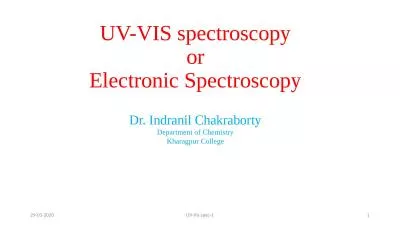PPT-Electronic Spectra: Ultraviolet and Visible Spectroscopy
Author : faustina-dinatale | Published Date : 2017-03-14
1411 Ultraviolet and visible light give rise to electronic excitations Spectroscopy of organic molecules is possible because the absorption of radiation is restricted
Presentation Embed Code
Download Presentation
Download Presentation The PPT/PDF document "Electronic Spectra: Ultraviolet and Visi..." is the property of its rightful owner. Permission is granted to download and print the materials on this website for personal, non-commercial use only, and to display it on your personal computer provided you do not modify the materials and that you retain all copyright notices contained in the materials. By downloading content from our website, you accept the terms of this agreement.
Electronic Spectra: Ultraviolet and Visible Spectroscopy: Transcript
Download Rules Of Document
"Electronic Spectra: Ultraviolet and Visible Spectroscopy"The content belongs to its owner. You may download and print it for personal use, without modification, and keep all copyright notices. By downloading, you agree to these terms.
Related Documents

